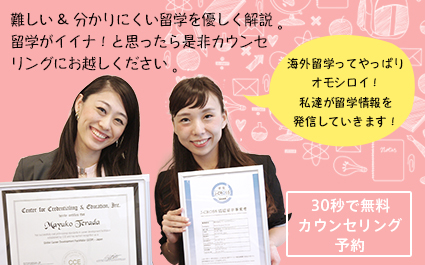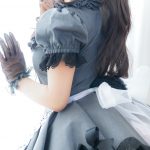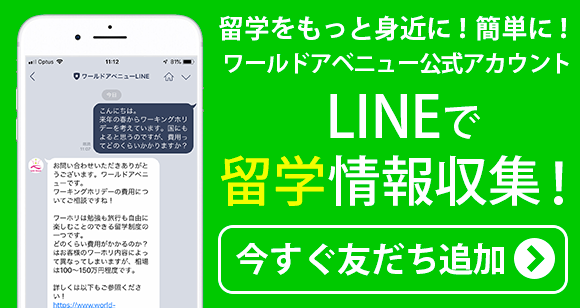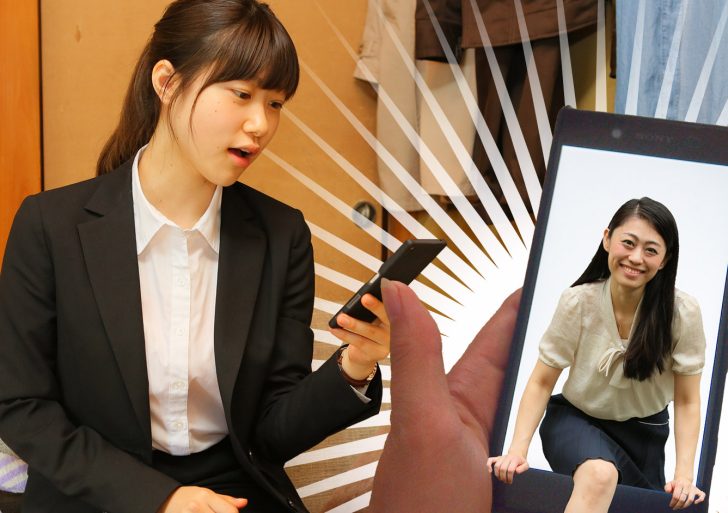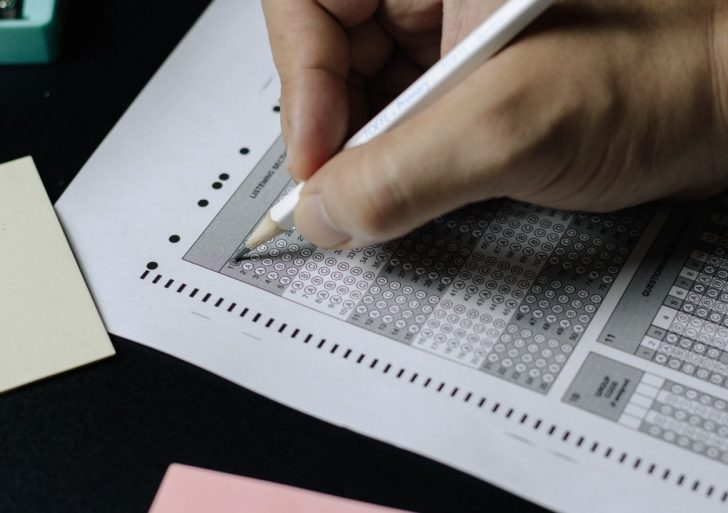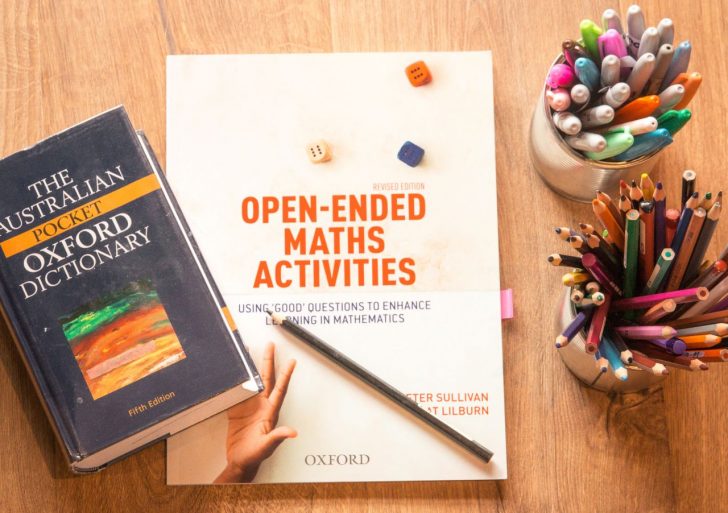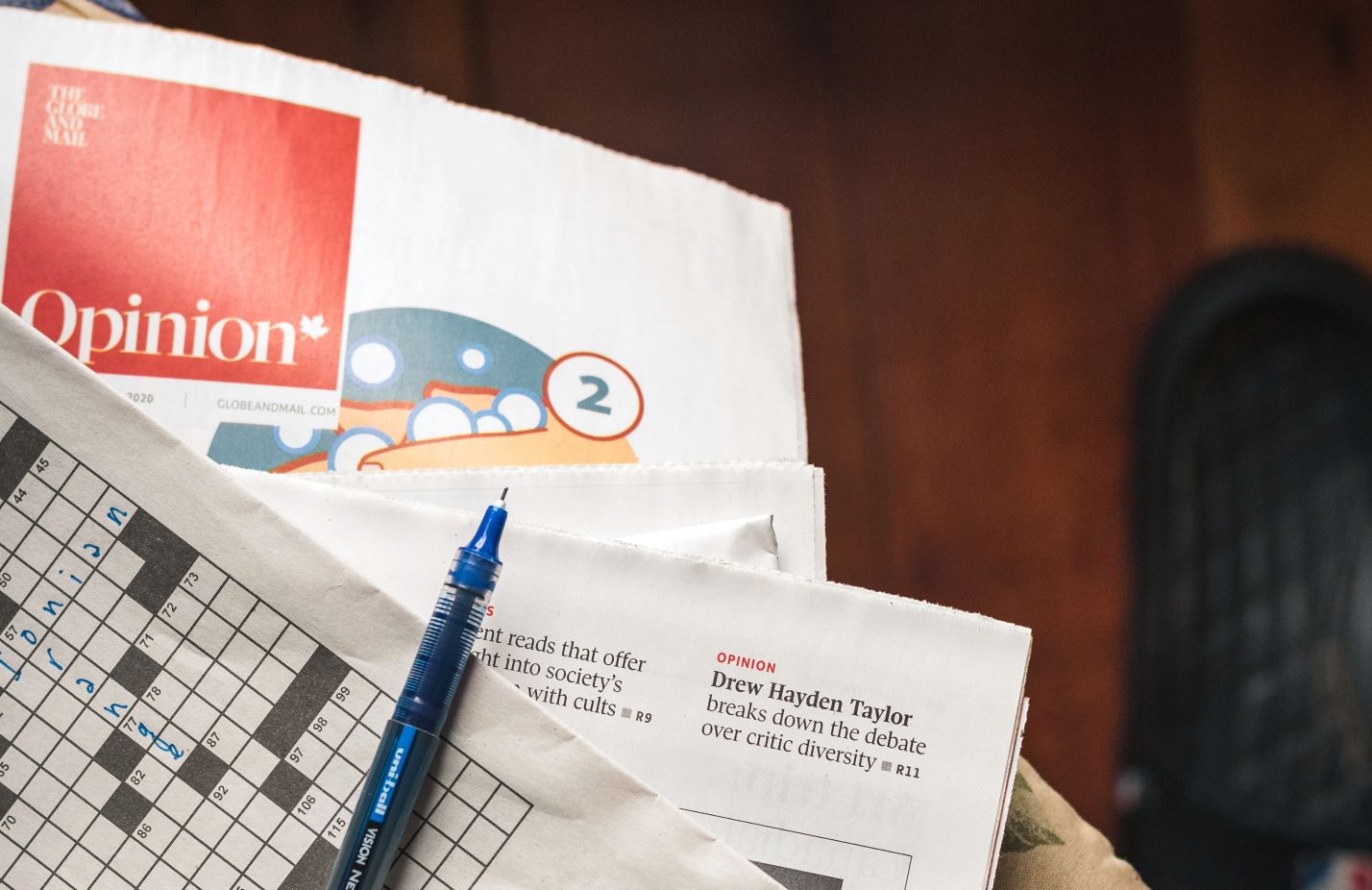
こんにちは。
シドニーのYoshiです。
▪生年月日:1977年4月17日
▪海外在住歴16年(シドニー在住歴10年)
▪米大学卒業(心理学部・哲学部)
▪米大学院卒業(Master of TESOL)
▪TOEIC990点(満点) & IELTS 9.0
▪独身
「どうやったら英語がうまく話せるようになりますか?」という相談を毎日受けてます。
「そんなのねーよ」と根本的に否定してもはじまらないので、なにか役に立ちそうな情報を共有させていただこうと思います。
英語の話に入る前に、まず、私の手にもっているこれ、なんでしょう?
表現のバリエーション的には、そうですね…
■物を表す:日本語で「付箋」 → 英語で「Post it」(ポスティット)
■形を表す:日本語で「立方体」 → 英語で「Cube」(キューブ)、「Block」(ブロック)
■書いてある物を表す:英語で「English Australia」 → これは固有名詞。団体名なので訳さないですかね。
ぐらいかと思います。
↓「English Australia」がわからない人はこちら。
【CEO対談が実現】オーストラリア英語教育機関English AustraliaとワールドアベニューのCEOがオーストラリア留学の未来を語りました。
私的には「ブロック」がしっくりくるので、以降「ブロック」と呼ぼうと思います。
次はブロックを、次のような配列に並べて、英語で表現してみようと思います。
大きく表示するとこんな感じです。
※これは「立方体」にちなんで「ソーマキューブ」から拝借しました。
ソーマキューブを知らない方はこちら。
>英語で表現する前に、これって日本語でも表現するの難しくないですか?
うーん。
色々あるけど、どう表現するべきか…
実際にブロックを並べてみるか…
なんだかよくわからなくなってきた…
というわけで、ネイティブの英語の先生を召喚して、どう表現するのか直接きいてみました。
S先生。圧倒的イケメン。教え方が優しく、上手と評判。向かうところ敵なし。
G先生。同じくイケメン。女生徒から「カワイイ」と評判。いいやつ。優男。
こんなイケメン先生達に協力してもらおうと思います。
早速ブロックが並んだ紙を渡しました。「なんだよこれー」ってなってます(笑)。しかし、笑い方が爽やか。
爽やかな一陣の風(笑顔)が通り過ぎた後は、割と静かに、黙って真面目にやってくれました。
カメラを向けても笑わず、真面目にやってくれています。
もうちょっとで終わりそう。
できたみたいなので、みてみましょう。
※どっちの先生がどっちの文章を書いたかはあえて表記しません。
ネイティブの先生の表現方法を確認しよう!
キューブ1を説明する英語表現
【A】 This object is made of three cubes. There are two cubes stacked vertically on the left and one cube on the right.
【B】 There are 2 cubes side by side, flush against each other. There is another cube on top of the cube on the left.
キューブ2を説明する英語表現
【A】 This object is made of four cubes. The bottom row has three blocks and there is a fourth block on top of the block on the left.
【B】 There are 3 cubes side by side, flush against each other. There is another cube on top of the cube on the far left.
キューブ3を説明する英語表現
【A】 This object is made of four blocks. The bottom row has three blocks and there is a fourth block on top of the middle block.
【B】 There are 3 cubes side by side, flush against each other. There is another cube on top of the cube in the middle.
キューブ4を説明する英語表現
【A】 This object is made of two rows of blocks, one positioned behind the others. The back row is spaced one block to the left.
【B】 There is a row of 2 cubes leading away from you. The 2 cubes are flush against each other. There is another cube connected to the left hand side of the cube furthest from you. There is yet another cube connected to the left hand side of the cube closest to you.
キューブ5を説明する英語表現
【A】 This object is made of four blocks. There are two blocks on the back row. The block on the left has another block in front of it. The front block has a block positioned vertically above it.
【B】 There is a row of 2 cubes leading away from you. The 2 cubes are flush against each other. There is another cube on top of the cube closest to you. There is yet another cube connected to the right hand side of the cube furthest from you.
キューブ6を説明する英語表現
【A】 This object is made of four blocks. The front row is made of two block and the block on the left has another block behind it. There is a fourth block on top of the back block.
【B】 There is a row of 2 cubes leading away from you. The 2 cubes are flush against each other. There is another cube on top of the cube furthest from you. There is yet another cube connected to the right hand side of the cube closest to you.
キューブ7を説明する英語表現
【A】 This object is made of four blocks the back row has two blocks. The block on the left has one block in front of it and one block on top of it.
【B】 There is a row of 2 cubes leading away from you. The 2 cubes are flush against each other. There is another cube on top of the cube furthest from you. There is yet another cube connected to the right hand side of the cube furthest from you.
まとめ
ネイティブスピーカーでも、一つのブロックの配置については、全く違う表現になったが、1-7の回答の中には、幾度か繰り返されて使われる表現が多く見られた。
■This object is made of
■side by side
■flush against each other
■in front of
■on top of
■furthest from
■closest to
■connected to
■lading away from
■positioned vertically above / positioned behind
簡単な関係代名詞が上手に使われている。(重要)
例1)①の文章「There are two cubes stacked vertically on the left and one cube on the right.」は見えていないが、「There are two cubes (which are) stacked vertically on the left and one cube on the right.」という()内の関係代名詞が省略された形の文章となっている。
<分解説明>
この文章はもとより二つの文章を一つにすることで構成されている。その二文は以下となる。
文章① S1+V1+O1 : There (S1) are (V1) two cubes (O1).
文章② S2+V2+O2 : Cubes (S2) are stacked (V2) vertically on the left and one cube on the right (O2).O1=S2 (両方とも「Cubes」)なので、関係代名詞(物なので「which」を代入)が成立するので、二つの文章をくっつけて、S1+V1+(O1&S2)[which]+V2+O2になる。
即ち、「There (S1) are (V1) two cubes (O1&S2) [which are *省略] stacked (V2) vertically on the left and one cube on the right (O2).」となる。
※文章の最初に「There」や「It」が来るときは、主語がダミー(空主語)となり、正確には(S)とは呼びませんが、今回はシステムの説明のため、文頭に来るものを「主語(S)」としています。
上記の構文が理解できると、ネイティブスピーカーと同じナチュラルな英語表現を生み出すことができます。
例2)④の2段目の文章「There is a row of 2 cubes leading away from you.」は「There is a row of 2 cubes(which is) leading away from you.」とまた()内の関係代名詞が省略されている。
*上記と同様に自分で分解してみよう♪
いかがでしたか? 上記はあくまでも解答例ですが、役に立ちそうな表現は見つかりましたか?「こう表現するんだー!」というような瞬間もあったかと思います。
今回は2名のネイティブの先生にしか回答依頼していませんが、それでも英語表現は全く異なりました。英語の表現は、日本語の表現と同じく、十人十色です。但し、一人の人が使うパターン(構文)は似た傾向にあると思うので、英語を話すいろんな人にきいてみて、そこから色んなパターンを拝借して、そのパターンを自分のものにしていくことが、「英語がうまく話せるようになる」ための近道だと思っています。
特に関係代名詞の省略はスピーキングとリスニングの上達のカギです。リズム(ビート)を体に刻み、省略する感覚を染み込ませて、処理速度を高めて、どんどん実践してみましょう。初めて自分の作った文章がネイティブスピーカーに通じたときは、嬉しすぎて鳥肌モノです(感動には個人差があります)。
というわけで、早速、先生の表現をパクって自分のものにしようと思います。
日々、練習あるのみです!それではみなさんもどんどんパクって練習してください!!
Comments
関連記事もどうぞ
「海外留学」
のことなら何でもご相談下さい
ワールドアベニューでは、世界各国の海外留学プログラムをご紹介するだけでなく、海外教育機関と協力し、ワールドアベニュー限定プログラムを提供しています。興味をお持ちいただけた方は、まずはお気軽にご相談ください。


